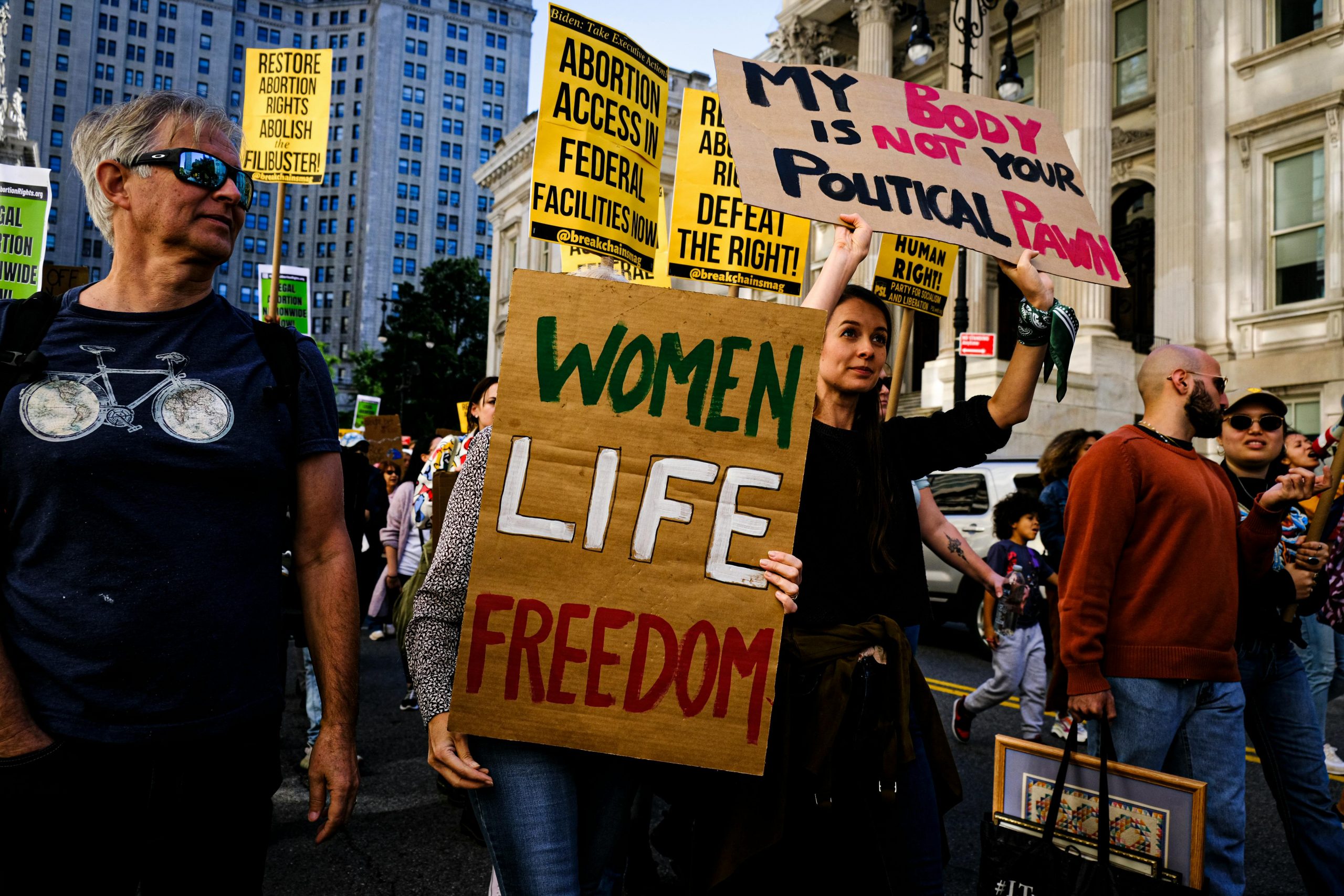Abortions are on the rise in the United States, despite bans that have gone into effect in more than a dozen states since the U.S. Supreme Court’s Dobbs decision that repealed the federal right to abortion in June 2022.
++ Region of Iceland has recorded intense volcanic activity since 2021
That means there will be more than 1 million abortions in the U.S. in 2023, the highest rate in more than a decade and a 10% jump from 2020, according to a report released Tuesday by the Guttmacher Institute, an organization research and policy focused on sexual and reproductive health issues that supports the right to abortion.
The latest trends also suggest that medical abortion is a more common option than ever.
However, although abortions have virtually stopped in the 14 states with total bans, almost every other state has seen an increase in the number of abortions performed from 2020 to 2023.
As the geography of abortion care changed amid a fragmented political landscape, the 10% increase in abortions nationwide meant that states without outright bans saw a 25% increase in those years.
In addition to state policies enacted to protect patients and access to care and increased financial support from abortion funds, researchers at the Guttmacher Institute suggest that improved access to telehealth in recent years may have made medication abortion more widely available. available.
++ Man who says he invented Bitcoin did not create cryptocurrency, judge rules
Medication abortion became more common than ever after Roe, according to another new Guttmacher report. Nearly two-thirds of all abortions in the U.S. in 2023 — about 642,700 — were medication abortions, the report says.
Medical abortion is a method by which someone ends a pregnancy by taking two pills – mifepristone and misoprostol – instead of undergoing a surgical procedure.
This option has become increasingly common over the two decades it has been available, rising from less than 10% of all abortions in the US in 2001 to 53% in 2020 and 63% in 2023.
But mifepristone, the drug that was approved for use in abortion by the U.S. Food and Drug Administration (FDA) in 2000, faces an unprecedented legal challenge.
On March 26, the U.S. Supreme Court will hear arguments in a case that puts access to the medicine at risk — even in states where abortion remains legal — and raises questions about the authority courts have to overturn the determinations of experts in the U.S. FDA on the safety of a drug.









